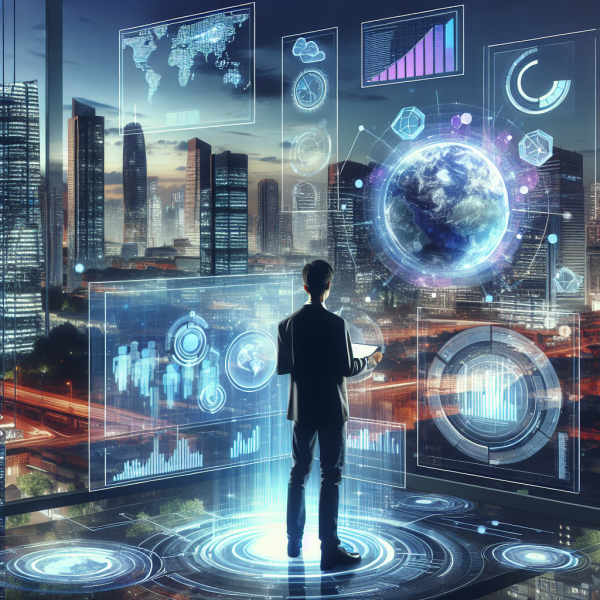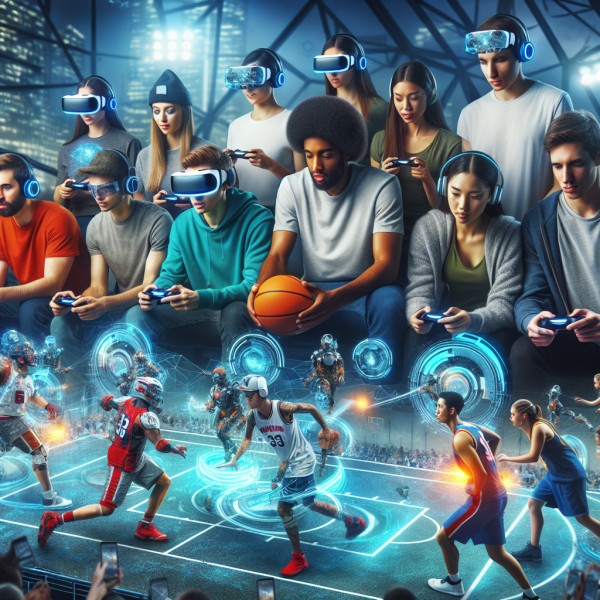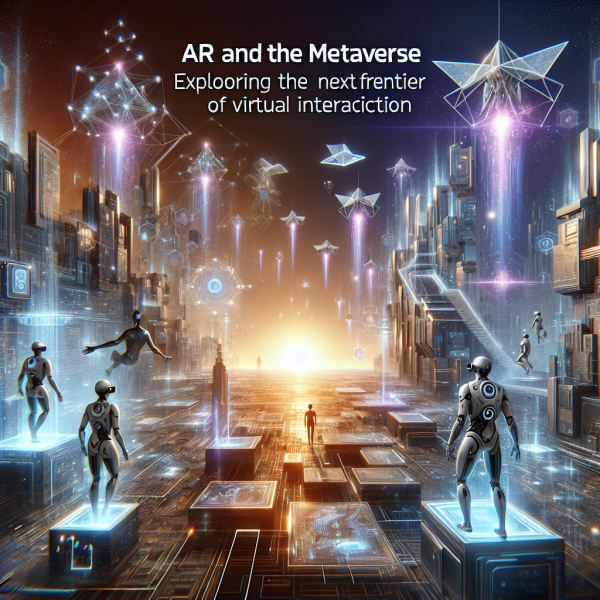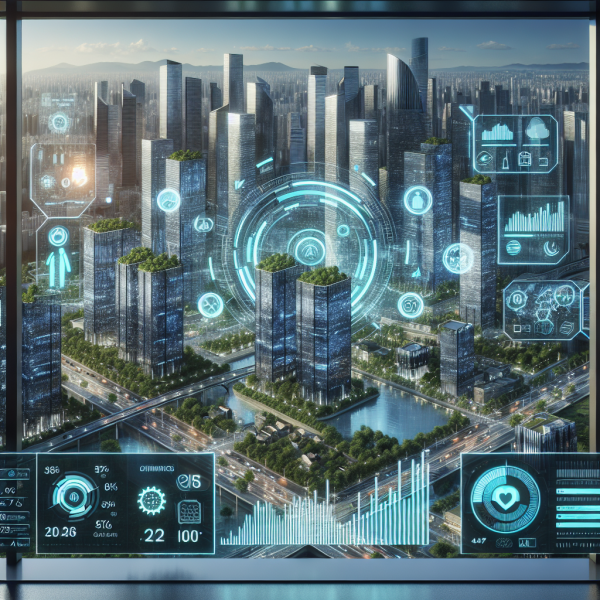From Concept to Reality: The Evolution of IoT Solutions Across Industries
The Internet of Things (IoT) is often characterized as a technological marvel—a realm where devices connect and communicate, transcending traditional boundaries to enhance efficiencies, enable automation, and provide data-driven insights. What began as a visionary concept has evolved into a robust ecosystem that permeates various industries, transforming the way we work, live, and interact with the world around us. This article explores the remarkable journey of IoT solutions, tracing their evolution, applications, and the impact they have had across different sectors.
The Genesis of IoT
The concept of IoT dates back to the early 1980s, with the introduction of Internet-connected appliances like the first toaster that could be controlled remotely. However, it wasn’t until the late 1990s and early 2000s, with the advent of more sophisticated connectivity options and the proliferation of wireless technology, that IoT began to garner serious attention.
The term "Internet of Things" was coined by Kevin Ashton in 1999, referring to the interconnectedness of physical devices through the Internet. This laid the groundwork for a wave of technological advancements in sensor deployment, data analytics, cloud computing, and machine learning, allowing for the growth of IoT solutions we recognize today.
The Industrial Revolution 4.0
As industries began to embrace digital transformation, IoT solutions played a pivotal role in the vision of Industry 4.0—a new era characterized by smart manufacturing and automation. Manufacturers integrated IoT sensors and devices into their production lines to gather real-time data, enabling predictive maintenance, improving supply chain efficiency, and reducing operational costs.
For instance, companies like GE and Siemens have implemented IoT-driven predictive maintenance systems that analyze machine performance and health, minimizing downtime and avoiding costly repairs. The ability to monitor equipment remotely also enables streamlined operations, enhancing productivity across the board.
Smart Cities: A Vision for Urban Living
The concept of smart cities emerged as a natural extension of IoT technology, envisioning an urban environment where data-driven solutions enhance the quality of life. From smart traffic management systems to energy-efficient buildings and intelligent waste management, cities worldwide have begun leveraging IoT applications to address challenges related to urbanization.
For example, cities like Barcelona and Amsterdam have adopted smart lighting solutions that adjust based on real-time data and occupancy sensors, reducing energy consumption and improving safety. Additionally, IoT-based air quality monitoring systems help local authorities respond to environmental challenges and enhance public health initiatives.
Agriculture: Cultivating the Future
The agricultural sector has also witnessed a substantial transformation through IoT technology, leading to the emergence of precision farming. Farmers now utilize IoT sensors and connected devices to monitor soil conditions, crop health, and weather patterns, allowing them to make informed decisions about irrigation, fertilization, and pest control.
Innovative companies like John Deere have developed IoT-enabled farming equipment that analyzes data to optimize planting and harvesting schedules. This not only increases crop yield but also promotes sustainability by reducing chemical usage and conserving resources.
Healthcare: Revolutionizing Patient Care
IoT’s impact is especially notable in the healthcare industry, where it is transforming patient care and hospital operations. Wearable devices and remote monitoring systems empower healthcare providers to deliver personalized treatments and monitor patients’ vital signs from the comfort of their homes.
For instance, telehealth solutions supported by IoT technology enable healthcare professionals to conduct virtual consultations, reducing hospital visits and improving accessibility for patients in remote areas. Smart medical devices can alert healthcare providers to critical changes in a patient’s condition, allowing for prompt intervention and ultimately saving lives.
Retail: Enhancing Customer Experience
In the retail sector, IoT solutions have redefined customer engagement and inventory management. By integrating sensors and RFID technology, retailers can track inventory levels in real time, reducing the risk of stockouts and obsolescence.
Additionally, IoT-enabled devices facilitate personalized shopping experiences through targeted marketing efforts. Retail giants like Amazon have pioneered the use of smart shopping carts that analyze consumer behavior and preferences to provide tailored recommendations, thus enhancing the shopping experience.
The Road Ahead: Challenges and Opportunities
While the evolution of IoT solutions across industries has been nothing short of remarkable, it is not without challenges. Data privacy concerns, cybersecurity threats, and interoperability between devices remain significant hurdles that must be addressed for IoT to reach its full potential.
Moreover, as the number of connected devices continues to rise, the need for robust infrastructure and standards becomes increasingly critical. Policymakers, technologists, and industries must collaborate to address these challenges, ensuring a secure and sustainable IoT ecosystem.
Conclusion
The journey of IoT from concept to reality is a testament to human ingenuity and innovation. As we continue to witness advancements in technology, the potential applications of IoT across industries will only expand. From smart cities and precision agriculture to healthcare and retail, IoT is reshaping how we live and work, driving efficiency, sustainability, and connectivity.
Looking ahead, organizations that embrace IoT solutions and address the associated challenges will undoubtedly hold the key to unlocking new opportunities and transforming industries in the years to come. The evolution of IoT is just beginning, and its impact on our daily lives will continue to unfold in exciting and unexpected ways.













